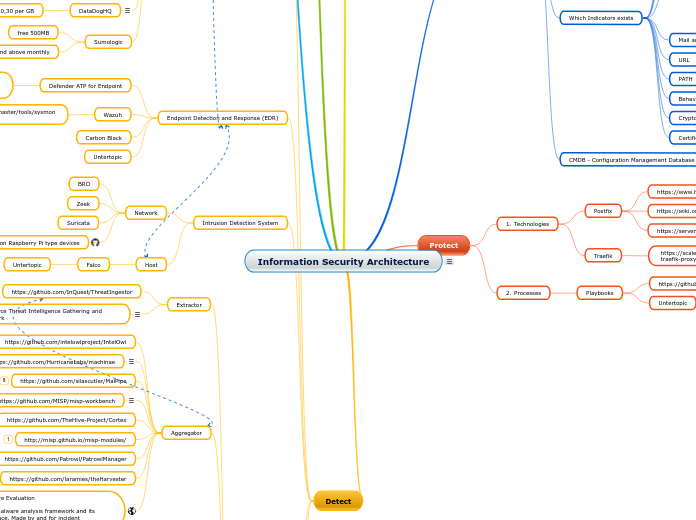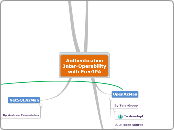by nursyafeera azeera 12 years ago
1020
wireless Network security
Information security is a multi-layered approach involving products, people, and procedures. This framework ensures the protection of devices that store, manipulate, and transmit data.









